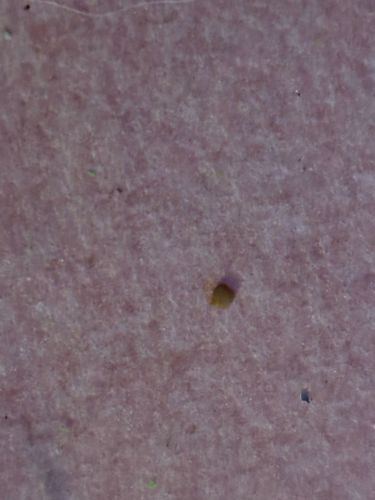Flea
Scientific Name: Ctenocephalides felis (Cat Flea), Pulex irritans (Human Flea), etc. (specific identification is difficult from image alone)
Order & Family: Order Siphonaptera, Family (variable, e.g., Pulicidae for cat/dog fleas)
Size: 1.5 mm to 3.3 mm

Natural Habitat
Fleas live on the bodies of their hosts and in the host's environment, such as bedding, carpets, and cracks in floors.
Diet & Feeding
Fleas are ectoparasites, feeding on the blood of mammals and birds.
Behavior Patterns
They are typically active during warmer months. Females lay eggs that hatch into nymphs, which mature into adults. Many species are strong jumpers.
Risks & Benefits
Risks: Fleas can cause itchy bites, allergic reactions, and transmit diseases such as plague, murine typhus, and cat scratch fever. Benefits: In natural ecosystems, they play a minor role as a food source for some predators.
Identified on: 9/4/2025